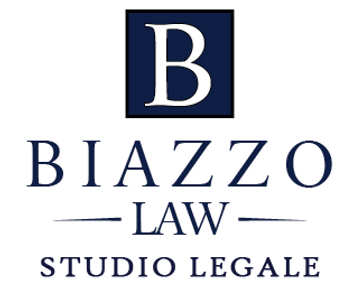Understanding Revocable Living Trusts, Pour-Over Wills, and Deeded Property in Your Estate Plan
- corey7565
- 3 days ago
- 3 min read

What Is a Revocable Living Trust?
A revocable living trust is a cornerstone of many modern estate plans. It’s a legal arrangement that allows you (the grantor or trustor) to transfer ownership of your assets into a trust during your lifetime.
You retain full control as long as you are living and competent — meaning you can buy, sell, or transfer property, amend or revoke the trust, and use your assets as you wish. Because the trust is revocable, it can be changed at any time.
When you pass away, the trust becomes irrevocable, and your chosen successor trustee takes over to manage and distribute the assets according to your instructions — without court involvement or probate.
The Role of a Pour-Over Will
Even with the best estate planning, some assets may remain outside the trust. That’s where a pour-over will comes in.
A pour-over will acts as a safety net. It directs that any property not already titled in the name of your trust at your death be “poured over” into the trust. This ensures all of your assets are governed by the same set of instructions in the trust document.
Example
If you forget to title a vehicle or new bank account into your trust, the pour-over will ensures those items are transferred into the trust at death and distributed according to your wishes.
Why Record a Deed to the Trust?
For real estate, the trust only controls property that is legally titled in its name. This is done through a deed transferring ownership from you to yourself as trustee of your trust.
Example:
“[Your Name], as Trustee of the [Your Name] Revocable Living Trust dated [Date].”
Recording this deed with the local land records office ensures that your home (or any other real property) is part of your trust estate. When you pass away, your successor trustee can transfer or sell the property directly — without waiting for probate approval.
How Successor Trustees Access Trust Assets
After your death or incapacity, your successor trustee “steps into your shoes” and manages the trust.
To access assets, the trustee typically needs:
The trust document (or a certificate/abstract of trust),
A death certificate (if applicable), and
Photo identification confirming they are the named successor trustee.
With these documents, the trustee can:
Retitle real estate owned by the trust,
Access and manage bank or investment accounts,
Transfer vehicles or personal property, and
Pay bills, taxes, and distribute assets to beneficiaries.
Because the trust is a private document, it is not filed or recorded with the court. Only the deed for real estate is recorded. This privacy allows the trustee to act efficiently and discreetly, outside of the public probate process.
How Beneficiaries Receive Their Inheritances
The trust document defines who receives what and when. Once debts, taxes, and expenses are paid, the successor trustee distributes the remaining trust assets directly to the beneficiaries — often within weeks or months rather than the year or more a probate can take.
If the trust includes minors or young beneficiaries, their shares can remain in trust until a designated age, with funds available for education, health, and support.
Key Advantages of a Revocable Living Trust Estate Plan
✅ Avoids probate and court supervision
✅ Maintains privacy (the trust is not a public record)
✅ Provides continuity if you become incapacitated
✅ Allows faster distribution of assets after death
✅ Reduces administrative costs and delays
✅ Simplifies multi-state property ownership
Common Misunderstanding: “Accessing” the Trust
Many people think they’ll need to “contact the court” or “access the trust through a government office.”In reality, the trust is not filed with any public office. The successor trustee simply presents the trust and death certificate to financial institutions or title companies to act.
Everything happens privately — by showing the trust, not by recording it.
How to Keep Your Trust Effective
To keep your trust working properly:
Title new accounts or property in the name of the trust,
Review beneficiary designations to align with the trust,
Keep your successor trustee informed and provide them a copy,
Store the signed original documents in a safe but accessible location.
Final Thoughts
A properly drafted and funded revocable living trust—combined with a pour-over will and a recorded deed for real estate—creates a seamless, probate-free estate plan.
When the time comes, your successor trustee can easily access and distribute trust assets without court delays or public filings.
If you’re planning your estate or updating your documents, consult an experienced estate planning attorney or living trust lawyer to ensure your trust, pour-over will, and deeds are correctly prepared and funded.
Biazzo Law, PLLC provides comprehensive estate planning services, including revocable living trusts, pour-over wills, deeds to trusts, and guidance for successor trustees and beneficiaries.
📞 Contact our office to schedule a consultation about creating or updating your trust-based estate plan.🌐 www.biazzolaw.com




Comments